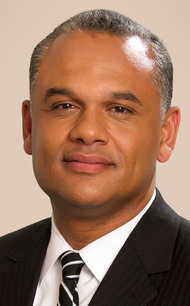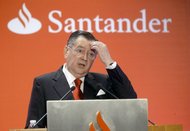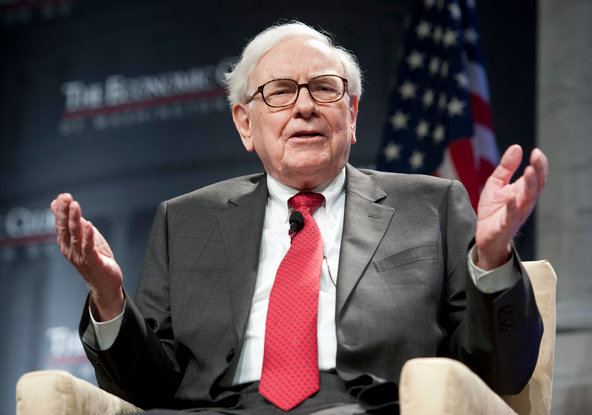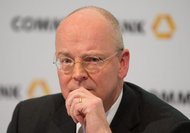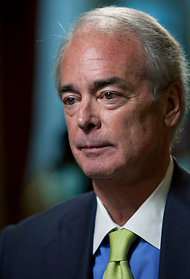His announcement came as an unwelcome surprise to NPR staff members, given that Mr. Knell brought some stability to the organization’s executive ranks when he was appointed in late 2011. Conflicts between past chief executives and the NPR board had resulted in repeated shake-ups in the years leading up to his arrival. But Mr. Knell’s departure is because of something else: a better job offer.
In an e-mail to the NPR staff, Mr. Knell said he was approached by the National Geographic Society and “offered an opportunity that, after discussions with my family, I could not turn down.”
In a subsequent telephone interview, Mr. Knell said he had been prepared to renew his NPR contract, which expires in November. But then National Geographic called, and it was enticing for a number of reasons, he said. One was immediately suggested by observers on Monday was money: he will earn a significantly higher salary at the society. But he said his decision “wasn’t really driven by a financial equation”; what was most appealing about National Geographic, he said, was its size, its educational efforts and international scope.
At National Geographic, he will succeed John M. Fahey Jr., who has been the society’s chief executive since 1998. Mr. Knell is already one of the 22 trustees of the society, which publishes National Geographic and other magazines, supports scientific research and expeditions, and jointly owns the National Geographic Channel.
The society had about $600 million in income in 2011, according to tax filings, making it far bigger than NPR, which has a budget of about $180 million this year and is running a small deficit. The society also has twice as many employees.
“After a comprehensive and global search, we are delighted to announce that the perfect person for this crucial role was right in our own backyard,” said Jean Case, the co-chairwoman of the committee that searched for a new chief executive for the society. She said Mr. Fahey would remain the chairman of the board.
While Mr. Knell’s departure from NPR appears amicable, it is disappointing to that organization’s board, which must once again search for a leader.
Ken Stern, who was named chief executive in 2006, stepped down less than two years later; an interim head took over until NPR hired Vivian Schiller away from The New York Times to run the organization in 2009. She resigned two years after that, after back-to-back controversies involving the political views of an NPR analyst, Juan Williams, and a pair of NPR fund-raising executives. Another interim head was appointed until Mr. Knell’s arrival in 2011 from the nonprofit Sesame Workshop.
In his message to the staff on Monday, Mr. Knell said the NPR board “has been incredibly supportive of my leadership and is more than up to the task of finding a great successor.” The board could turn to one of Mr. Knell’s top lieutenants, like Kinsey Wilson, NPR’s executive vice president and chief content officer, or Margaret Low Smith, the senior vice president for news. Or it could look outside the organization, as it did when it brought in Mr. Knell.
Kit Jensen, the chairwoman of the NPR board, said she expected a “fairly quick” succession process.
Calling Mr. Knell a “stellar C.E.O.,” Ms. Jensen said in a telephone interview, “Certainly, we wish his decision had been otherwise, but we respect what that decision is.”
Before he steps down, Mr. Knell will help NPR break even by proposing a number of as-yet-undisclosed steps. The organization has a $6 million deficit in the fiscal year that ends on Sept. 30. It is forecast to run a deficit again next year, and the premise of the plan that Mr. Knell is preparing will result in a balanced budget in 2015. “We hope to present a strategic plan to the board soon, before my departure,” he said Monday.
Mr. Knell said that among his proudest achievements at NPR were “bringing institutional donors back” and “helping calm some of the waters on Capitol Hill.” (Calls for cuts to government subsidies for NPR have largely quieted.) By other measures — like NPR’s relations with member stations and its reputation for innovation — the organization has made steady improvement under Mr. Knell.
“We’ve made a lot of progress in a short amount of time,” he said, suggesting that he felt as if he had fit four years of work into his two years.

Article source: http://www.nytimes.com/2013/08/20/business/media/knell-nprs-chief-to-leave-for-national-geographic-society.html?partner=rss&emc=rss

